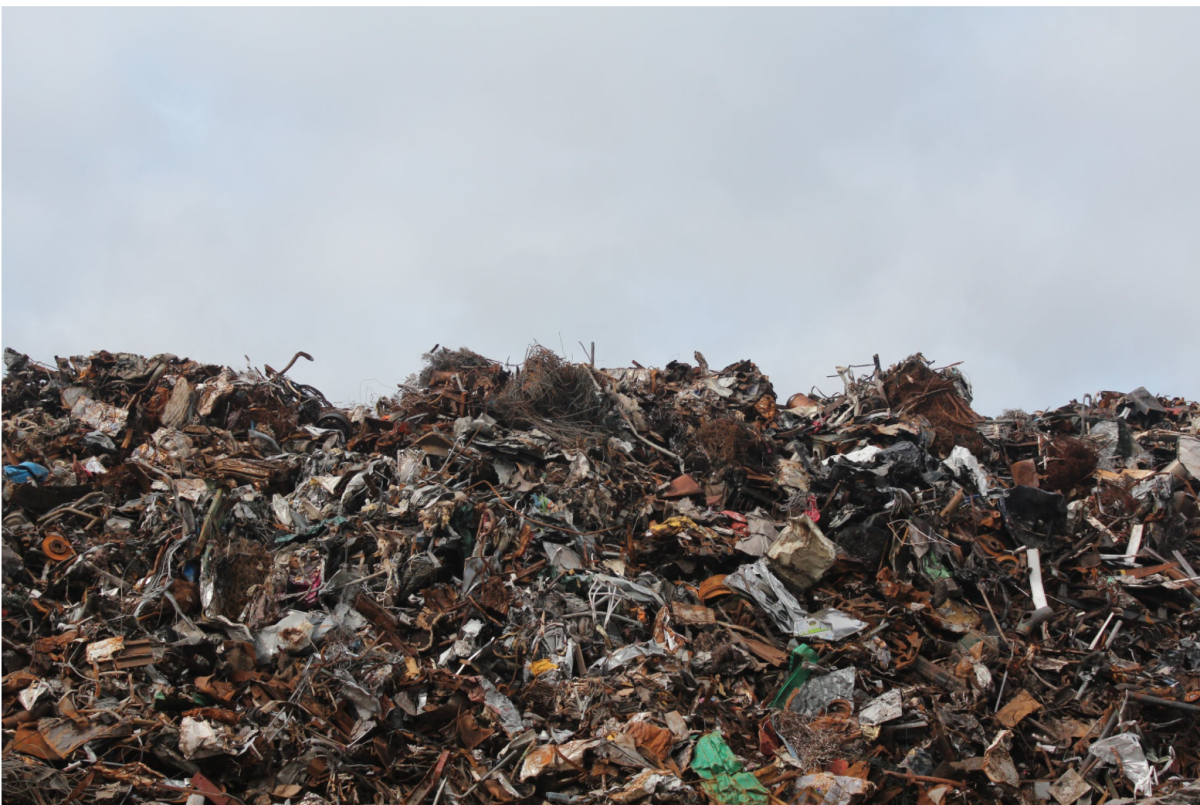The Circular Economy
As our planet faces an environmental crisis, many people are wondering what can be done to save the environment. The answer is not a simple one, but one that will take time and effort to implement. Switching to a circular economy could possibly solve the environmental crisis, however, it would be a long process.
The circular economy is an economy that is regenerative by design. This means that products will always be reused, returned, or repaired to keep those products circulating, therefore, keeping the economy circulating. One very important concept in the circular economy is that there is no concept of waste; ultimately, things will either go back into the environment, or products will keep being repaired and re-used. To prevent waste from being made, only renewable sources of energy can be used. By using products for longer periods of time, the circular economy works to reduce the amount of energy needed to produce things.
The circular economy greatly differs from the economy in place now, which is a linear economy. In the linear economy, things do not get replenished, instead, we take resources from the environment, make products, throw them away, and then go back to the beginning and start over again. This depletes our planet of resources and it creates an abundant amount of waste. However, the circular economy continuously recycles and repairs products, creating no waste. Furthermore, the circular economy uses renewable sources of energy.
There are two main cycles within the circular economy: the biological cycle and the technical cycle. The biological cycle is the only cycle where consumption happens. In the biological cycle, biological materials will eventually get returned to the environment through systems like composting and anaerobic digestion. Then, those materials will enrich and regenerate living systems, which provide resources. Cascaded use is also very important in the biological cycle. Cascaded use refers to a material or product being used in multiple different areas before returning to the biosphere. For example, an old cotton t-shirt could be sold to a thrift store, then used for fabric for furniture, and then finally used for insulating before returning to the biosphere. The biological cycle makes sure that biological materials are continuously flowing through the environment.
The technical cycle uses the concept of reuse, repair, and remanufacturing to keep products cycling. Because parts of many pieces of technology are not biological, or in other words cannot be returned to the biosphere, reuse, repair, and remanufacturing are important in keeping products within the cycle and making sure there is no waste. When these technical products are no longer functional, they get broken down into “technical nutrients” which get made into new products.
Many people wonder how the circular economy would work, and how it would be implemented. There are many changes that companies and individuals can make to support the circular economy. In order for the circular economy to work, we must switch to using materials that can easily be recycled. For example, metals like copper can be recycled indefinitely by being melted and re-used. This is something that a material such as plastic would not be able to do. Recycling electronics is also a very important thing individuals would need to partake in if there was a circular economy. Companies like Apple encourage customers to trade in old devices when buying new ones. Apple then recycles parts out of the old devices to use in new ones.
Clothing is something that most people overlook when thinking about waste, but clothing waste is an enormous problem. Because of the population boom from 2000 to 2015, clothing production has doubled. An increase in clothing production leads to an increase in clothing waste. In 2015, 450 dollars’ worth of clothing was thrown away. This is also largely due to “fast fashion”, or fashion trends coming in and leaving very quickly. Many people only wear clothing items a few times and then discard them due to fast fashion. One way to make the economy more circular in terms of clothing is to rent clothes instead of buying them. There are many websites that let people rent out high-quality clothing pieces. Ultimately, this is more sustainable than buying and discarding clothes.
Switching to a circular economy comes with many benefits to companies, individuals, and the environment. Since keeping products in use longer, less energy is required to produce them. This could save European businesses up to 630 billion dollars a year. Companies would have reduced costs, new profit opportunities, and better relationships with customers. Many businesses, such as businesses that use biodegradable food packaging, are already thriving on a circular system. The circular economy would also greatly benefit the individual by giving them increased disposable income and better quality products.
The benefits that the circular economy presents to the environment is tremendous. Many pressing environmental issues such as plastics in the oceans and global warming all lead back to waste. By eliminating waste and switching to renewable energy sources, many of these environmental issues can be solved.
The circular economy will not end economic growth, it will actually increase it. The circular economy reshapes the economy to benefit the environment, companies, and individuals. There is no singular thing that can be done to switch our economy from linear to circular, and since many companies still operate on a linear basis, it will be a long process to switch our economy to be fully circular. However, a circular economy may be just what the planet needs at this moment.




